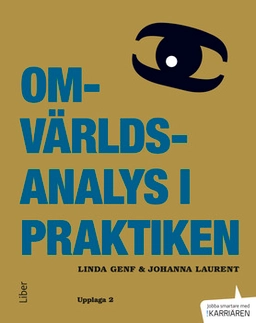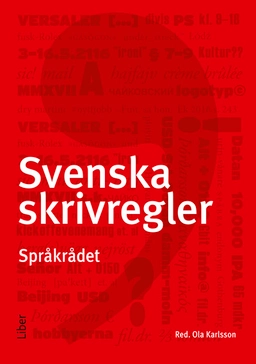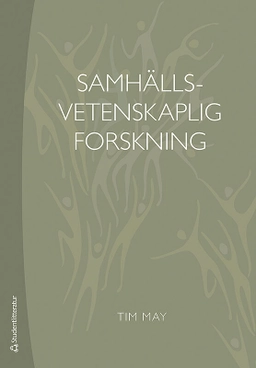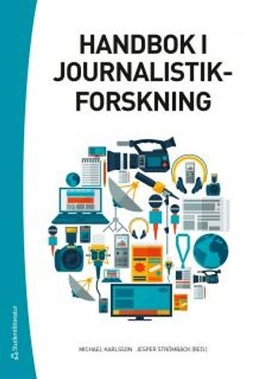

Ongoing Crisis CommunicationUpplaga 3
- Upplaga: 3e upplagan
- Utgiven: 2011
- ISBN: 9781412983105
- Sidor: 231 st
- Förlag: SAGE Publications Inc
- Format: Bok
- Språk: Engelska
Om boken
Crisis communication is the life blood of crisis management: when communication is ineffective so is the crisis management effort. This book emphasizes the role of communication throughout the crisis management process. W. Timothy Coombs uses a three-staged approach to crisis management - pre-crisis, crisis, and post-crisis. He reviews the latest research, explains how crisis communication can prevent or reduce the threats of a crisis, and provides guidelines for how best to act and react in an emergency situation.New to the Third Edition: * A new chapter on the Internet and social media, showing how it has become both a tool for recognizing warning signs as well as a key channel for communicating with stakeholders during a crisis * Updated discussion throughout to reflect the importance of the online world: The book explores the concept of paracrisis; covers online preparations organizations should make; considers the effects of social media on the crisis response; and explores the emergence of online memorials * Integrates crisis management with three other proactive management functions - issues management, risk management, and reputation management - demonstrating that the best way to manage a crisis is to prevent one * A new epilogue summarizing key lessons for managers from the vast crisis communication research literature. Key Features: * "What would you do?" cases are included throughout. With information from a real crisis event, a series of questions allow students to apply concepts in the chapter to the case * Discussion Questions are provided at the end of each chapter, helping readers extend their understanding of the material.
Åtkomstkoder och digitalt tilläggsmaterial garanteras inte med begagnade böcker
Mer om Ongoing Crisis Communication (2011)
I januari 2011 släpptes boken Ongoing Crisis Communication skriven av W. Timothy Coombs. Det är den 3e upplagan av kursboken. Den är skriven på engelska och består av 231 sidor. Förlaget bakom boken är SAGE Publications Inc.
Köp boken Ongoing Crisis Communication på Studentapan och spara pengar.
Referera till Ongoing Crisis Communication (Upplaga 3)
Harvard
Coombs, W. T. (2011). Ongoing Crisis Communication. 3:e uppl. SAGE Publications Inc.
Oxford
Coombs, W. Timothy, Ongoing Crisis Communication, 3 uppl. (SAGE Publications Inc, 2011).
APA
Coombs, W. T. (2011). Ongoing Crisis Communication (3:e uppl.). SAGE Publications Inc.
Vancouver
Coombs WT. Ongoing Crisis Communication. 3:e uppl. SAGE Publications Inc; 2011.
Bokens omdöme
Ingen har recenserat den här boken ännu.



















